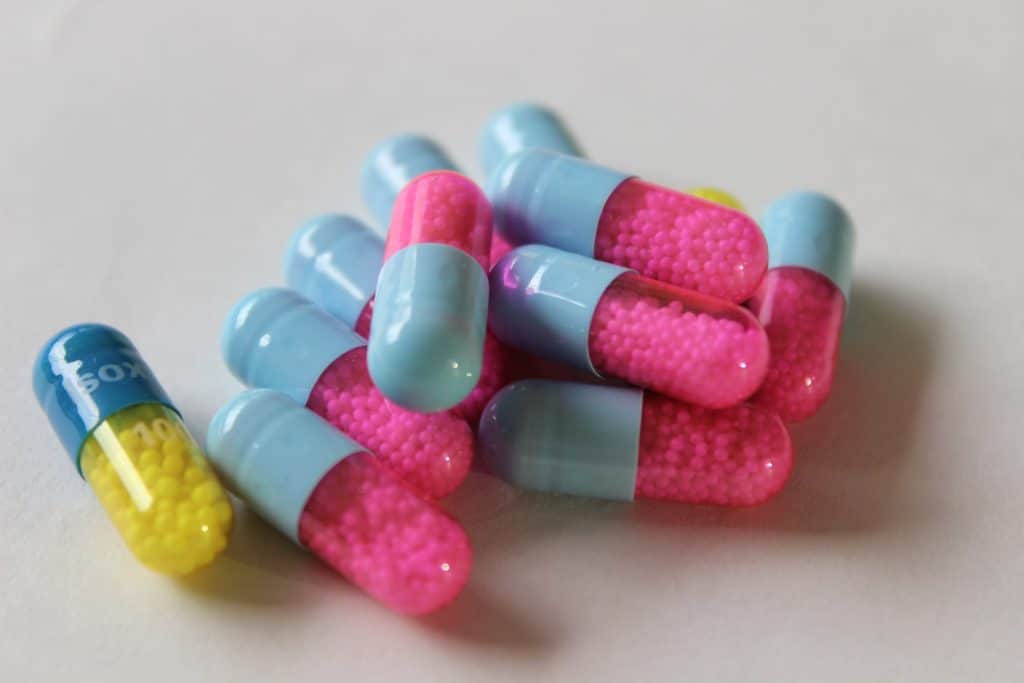Last Updated on August 15, 2021 by The Health Master
In a debatable move, the Green ministry has dropped specification of limits for antibiotic residues / effluents for bulk drug formulation/pharmaceutical industry, in its latest set of rules notified this week.
While this eases off regulatory pressure on India’s growing pharmaceutical industry which is staving off Chinese competition, the decision comes against the backdrop of a serious threat of antimicrobial resistance (AMR) in India and the dangers of unchecked antibiotic residues contaminating the water bodies.
Currently, there are no maximum limits specified for these antibiotic residues in pharmaceutical effluents. In January 2020, the Union Environment ministry was lauded when it came up with the draft Environment (Protection) Rules, 1986, for manufacturing bulk drugs. The draft listed out antibiotic residue effluent limits for 121 types of antibiotics in its Paragraph D –– probably the first such major attempt, in the world.
The final notification issued on August 6 has dropped Paragraph D and with it – any specification of antibiotic residue effluent limits from the new rules. The new rules instead state that all the effluents shall simply be classified as hazardous waste. The new rules will come into effect within a year from now.

It has learnt that the decision to drop the clause on antibiotic residues has come after intensive consultations with the department of pharmaceuticals and the ministry of health, besides other stakeholders. Officials in the know termed it a ‘balancing act’ keeping in mind the high cost of compliance for the pharmaceutical industry.
It was pointed out in the discussions that even the most developed nations did not have any such similar standards and limits on antibiotic residue effluents and imposing them on India’s pharma industry would put them at a disadvantage.
It was strongly argued by the department of pharmaceuticals and pharma industry associations that specifying antibiotic residue limits will bring considerable pressure on the industry which is trying to supply inexpensive drugs in the country. The increased costs could pass on to consumers besides blunting the competitive edge India has, it was discussed.
India and China are the largest producers of bulk drugs in the world and the competition is stiff. The pandemic has also driven home the importance of the domestic pharmaceutical industry and the need for self-dependency, sources told ET.
ET gathers that certain European nations weighed strongly in favour of specifying limits and wrote to the Indian government on the same. But the final decision was to drop the clause for now. There is no clarity on whether the issue will be reassessed or not.
CDSCO issues clarification on Regn Certificate issuance under Cosmetics Rules 2020
Track and Trace mechanism for Pharmaceutical Products
Intelligent pumps to optimize use of Water in Pharma Industry
Lok Sabha passes amendment bills on Homoeopathy, National Commission for Indian…
Why to include Peptides in your Skincare Products ?
India and Pharmacy Education: Chapter: 4
For informative videos by The Health Master, click on the below YouTube icon:
For informative videos on Medical Store / Pharmacy, click on the below YouTube icon:
For informative videos on the news regarding Pharma / Medical Devices / Cosmetics / Homoeopathy etc., click on the below YouTube icon:
For informative videos on consumer awareness, click on the below YouTube icon:









